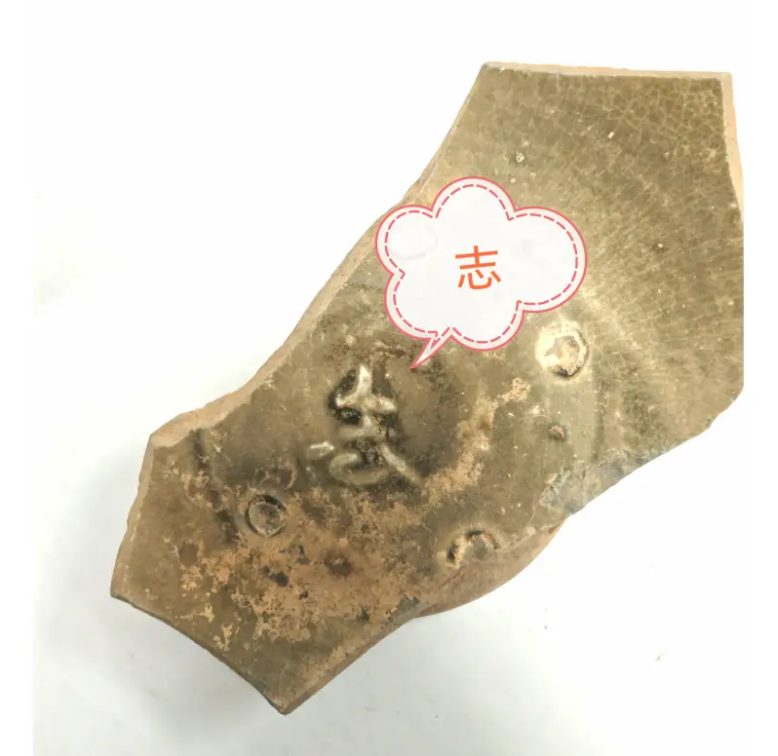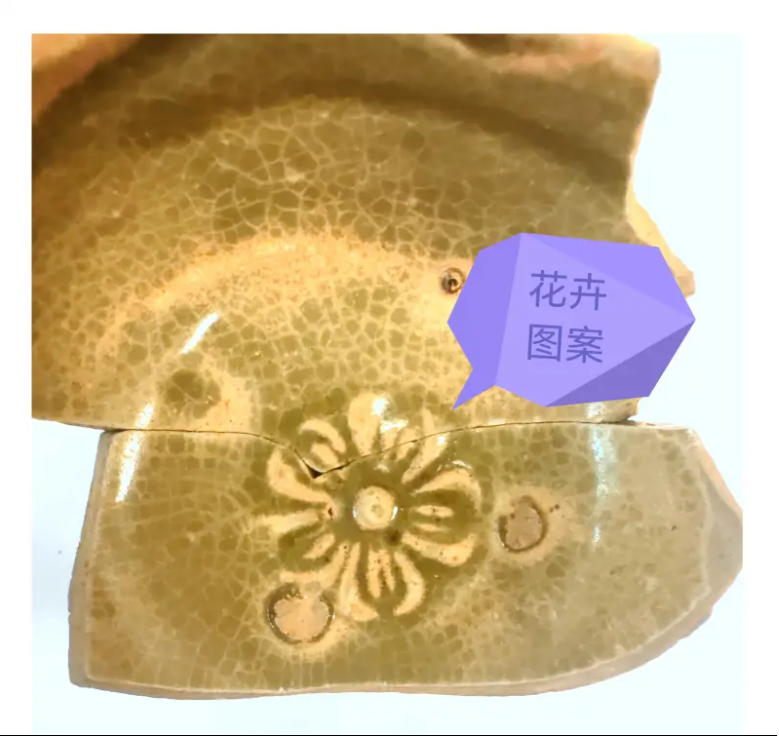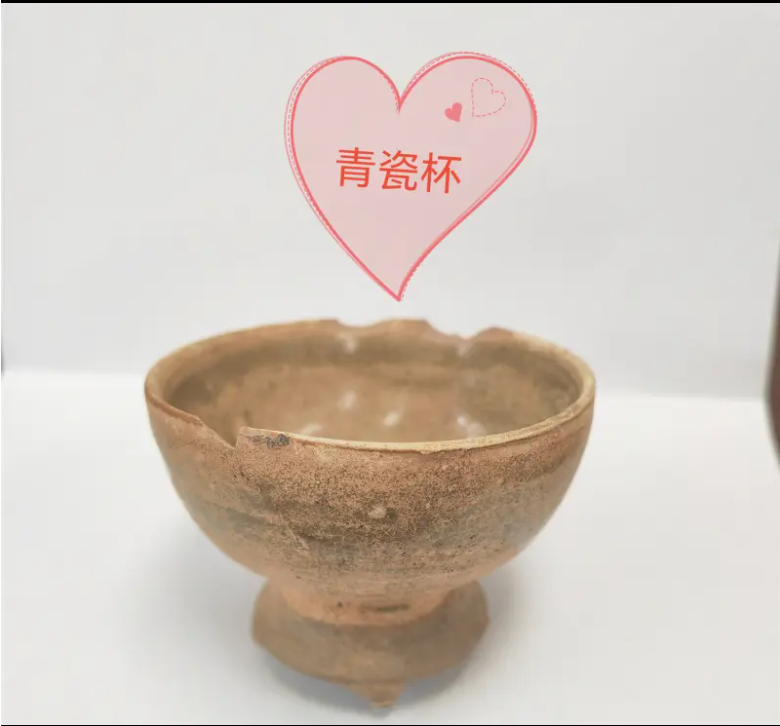Northern Song Dynasty Celadon Kiln Site discovered in Feitianshan Village
2024-11-04
According to the Archaeological Research and Cultural Relics Protection Center of Chenzhou City, archaeologists found a new celadon kiln site dating back to the Northern Song Dynasty in Feitianshan Village, Feitianshan Town, Chenzhou City.

The kiln site covers an area of over 1,000 square meters. Part of the kiln site has been artificially damaged, and a batch of fragments of celadon bowls, plates, and cups have been salvaged.

Archaeologists discovered two characters, “志” and “官”, fired on the inner or outer bottom of celadon bowls, and floral patterns like plum blossoms and pear flowers on the inner bottom of some fragments.

“According to preliminary research, the kiln site dates back to the mid Northern Song Dynasty. Currently, only fragments of celadon have been unearthed. Most of these porcelain pieces were used as dining utensils by the authorities at that time,” said Luo Shengqiang, associate researcher of the center.

The Song Dynasty was the peak period of porcelain production in China. Among more than 500 large-scale ancient kiln sites discovered nationwide so far, Song Dynasty kilns account for two-thirds.

Luo Shengqiang said that the Feitian Mountain area in Chenzhou is one of the distribution areas of ancient porcelain kilns in Chenzhou. In addition to the newly discovered celadon kiln site in Feitianshan Village, there are also two kiln sites discovered in this area--the Wayaoping kiln site from the mid Northern Song Dynasty, the Xiaolidong and Maopingshang kiln sites from the Southern Song Dynasty.
An official of Chenzhou Municipal Department of Cultural and Tourism said that efforts will be made to explore the cultural connotations of Song Dynasty porcelain kilns in the Feitian Mountain area, restore representative ancient kiln sites, and well protect and utilize cultural relics.
Chinese source: czxxw




